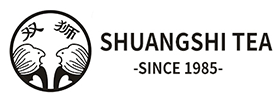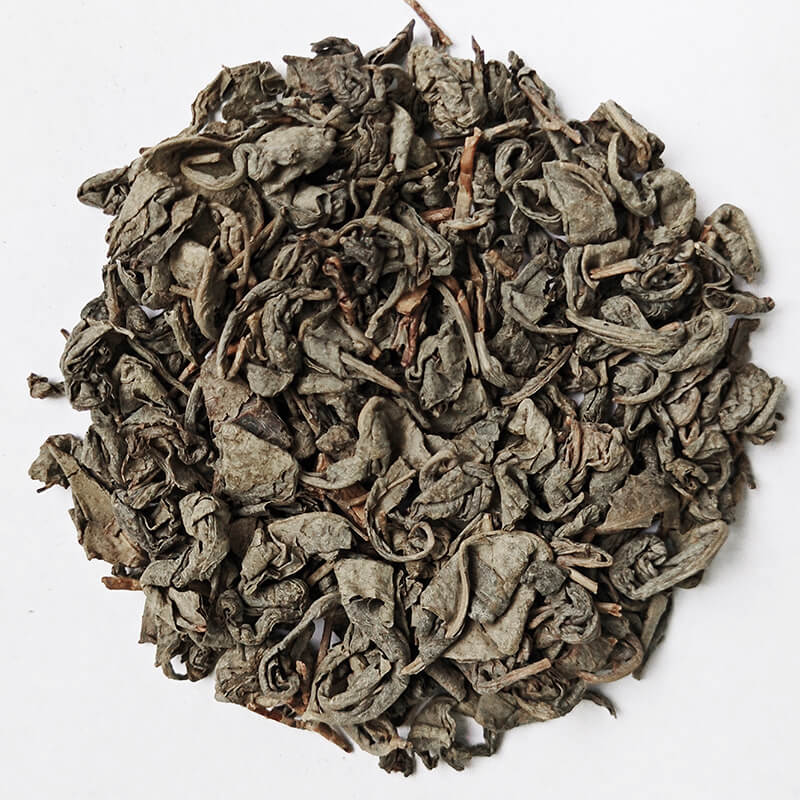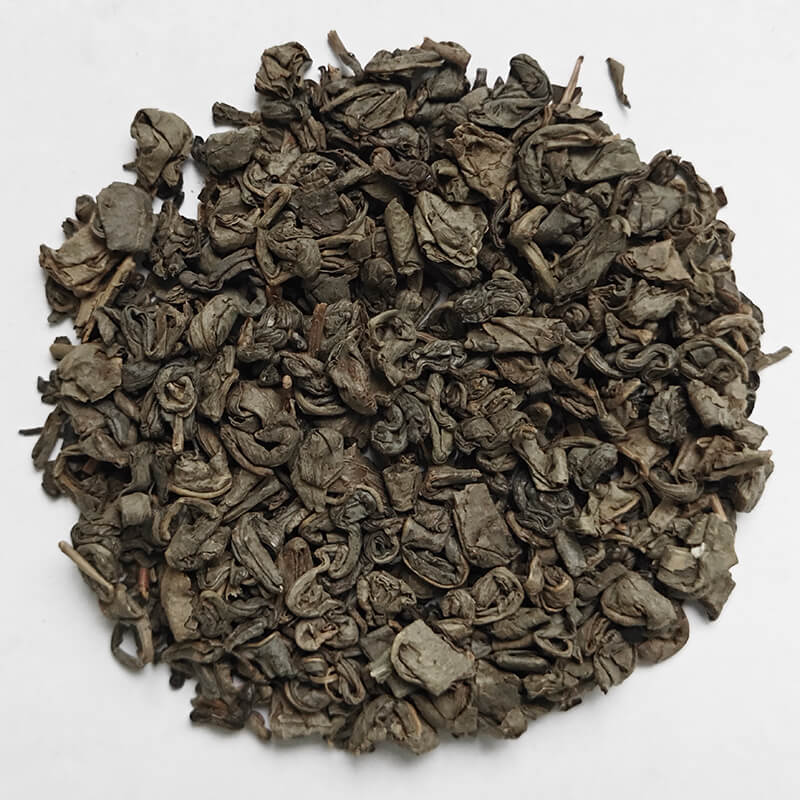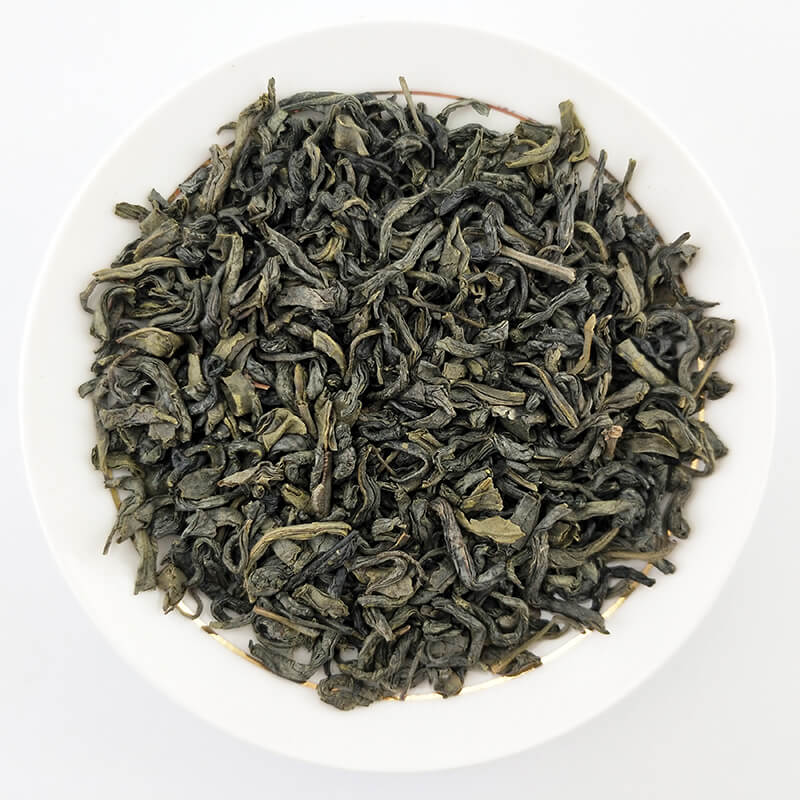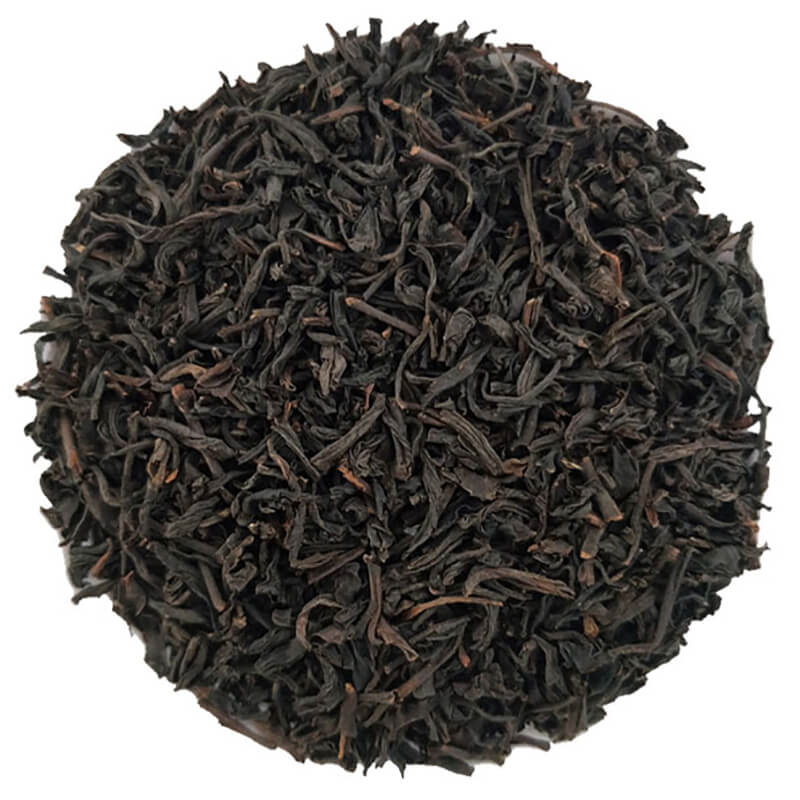Significant interest rate cuts by the Federal Reserve usually have a ripple effect on the global economy, which also has a direct or indirect impact on tea exports.
Recently, the Federal Reserve announced a new round of interest rate cuts, which has attracted widespread attention in global financial markets. As one of the world’s most important central banks, the Fed’s monetary policy not only directly impacts the U.S. economy but also exerts profound influence over the global economic landscape. This article will explore the potential impact of the Federal Reserve’s significant interest rate cut on tea exports.
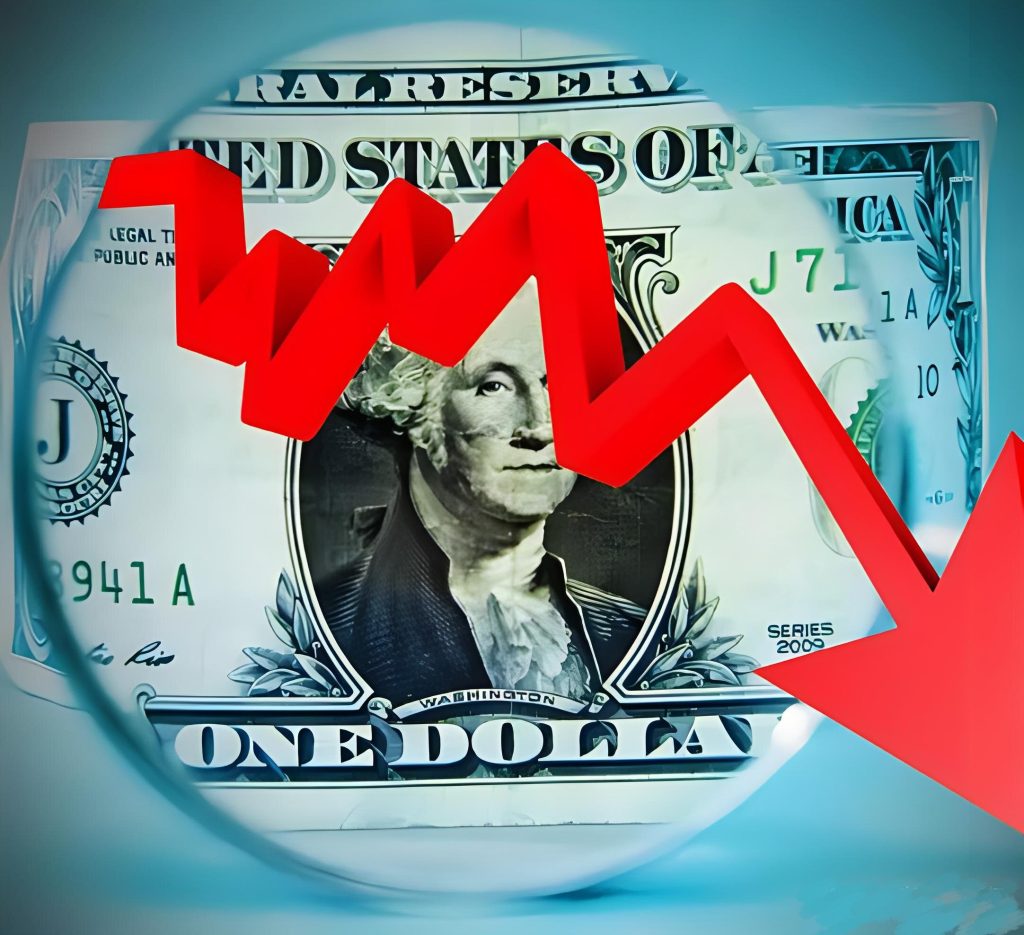
The Effect of Exchange Rate Fluctuations on Tea Exports
Interest rate cuts by the Federal Reserve typically lead to a depreciation of the U.S. dollar. According to purchasing power parity theory, a weaker dollar makes U.S. dollar-denominated export goods cheaper on international markets, thereby increasing their competitiveness. For tea-exporting countries, if their currencies remain stable or depreciate against the dollar, their tea products will become more attractive in terms of price on the international market, helping to boost export volumes.
Changes in Global Demand and Tea Exports
The purpose of the Federal Reserve’s interest rate cut is to stimulate economic growth and increase consumption levels. In the context of globalization, economic growth in the United States often drives an increase in global consumer demand. As a popular beverage, the global demand for tea may also rise as a result. This is particularly true for emerging market countries where rising incomes lead to increased demand for high-quality tea, presenting a positive factor for tea-exporting countries.
Enhanced Trade Liquidity
Interest rate cuts generally release more liquidity into the market, making global capital flows more active. For tea exporters, this means there are more opportunities to obtain financing support, expanding production and export capacities. Additionally, increased liquidity might lead to higher commodity prices, affecting both the production costs and pricing strategies for tea.
Linked Responses from Other Central Banks
Following a rate cut by the Federal Reserve, to maintain the competitive position of their own currencies and avoid export disruptions due to exchange rate fluctuations, central banks of other countries might follow suit with rate cuts or adopt other easing policies. This linked effect could further influence the exchange rate environment for tea exports and also affect global capital allocation.
Conclusion
In summary, the Federal Reserve’s significant interest rate cut impacts tea exports in multiple ways. From an exchange rate perspective, a weaker dollar could make tea exports more competitive; from a global demand standpoint, economic growth is expected to drive up tea consumption; and from a trade liquidity viewpoint, more funds flowing into the market can help expand tea export businesses. Of course, the linked responses from other central banks will also be a key factor influencing tea exports. For tea-exporting countries, it is crucial to closely monitor global economic dynamics and flexibly adjust export strategies to take full advantage of the opportunities presented by the Federal Reserve’s interest rate cuts.
It is worth noting that the above analysis is based on general economic theories and currently available information. In reality, the situation may be influenced by additional uncertainties. Tea exporters should consider market changes comprehensively and formulate reasonable risk management plans.
